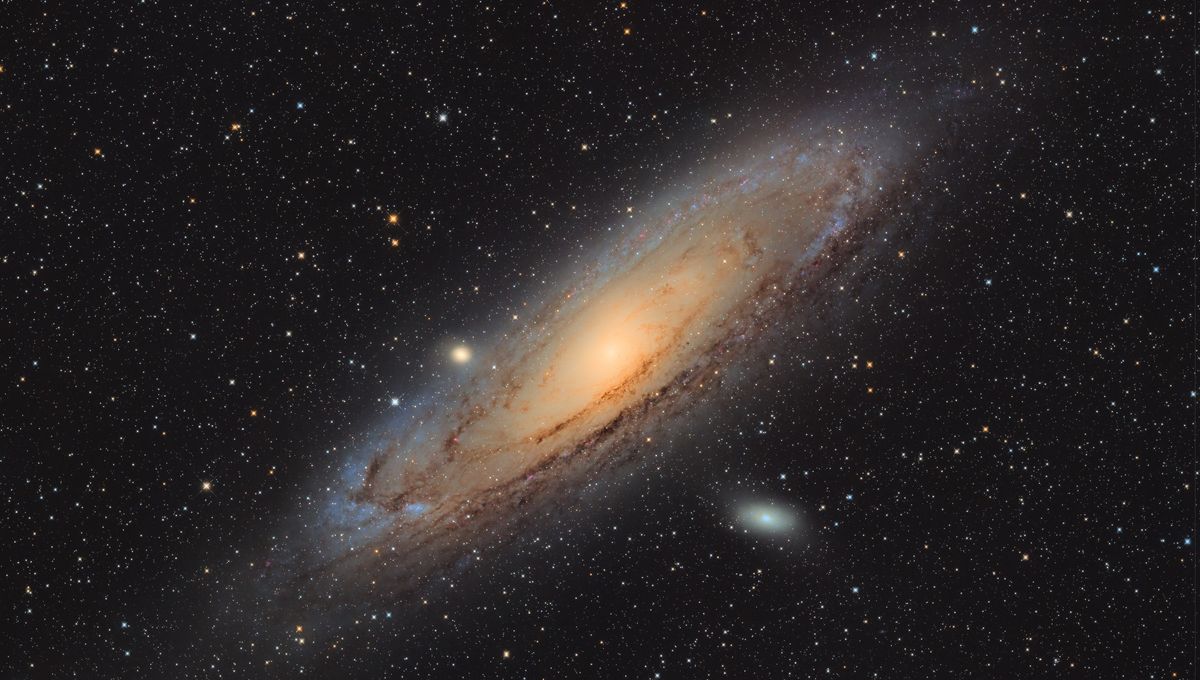
Astronomers have lost a star. This is not carelessness, but the possible discovery of a rare stellar event in the Andromeda galaxy. A red supergiant star got brighter and brighter,as if it was about to go supernova – and then dramatically dimmed, disappearing from view from most telescopes. Researchers believe they may have caught a rare failed supernova.
Basically, it is believed that some stars are too big not to fail. There might be a mass range where a star has all that it needs to go supernova. But when the collapse happens, its core rapidly becomes a black hole, without a devastating explosion that rips the outer layer apart and without outshining its host galaxy. Hence why the stars seem to have disappeared. This is the proposed scenario for the star M31-2014-DS1 set out in a yet-to-be-peer-reviewed paper.
Between 2014 and 2016, the star became 50 percent brighter in mid-infrared light before fading steadily over the following years. The trend was also seen in optical light before the star became undetectable in both optical and near-infrared in 2023.
Hubble’s serendipitous observations were able to link how the star was both before the brightening and after it, in 2022. It was completely invisible in optical light, just like for other telescopes. It had a faint signature in infrared, 10,000 times fainter than what it had looked before. Stars are not light switches – they don’t turn themselves off. Something must have happened, and the team suggests that the best scenario to explain the object is the failed supernova.
The team compared this object with one of the other two candidates for a failed supernova. This was N6946-BH1 – found 22 million light-years away in the NGC 6946 galaxy. That one is a lot more distant than M31-2014-DS1, Andromeda is 2.5 million light-years away. Despite the difference in distances, the similarities in how these two events look provide a stronger case that researchers are witnessing failed supernovae.
The authors write in the paper: “drawing on the remarkable similarities between M31-2014-DS1 and NGC 6946-BH1, our analysis suggests that these objects represent an emerging class of massive stellar deaths associated with the birth of stellar mass BHs from hydrogen-depleted stars.”
Researchers have yet to see X-ray emission from these two candidates, which would confirm their black hole nature, but they believe that is only a matter of time before they do.
The paper is available online in the repository ArXiv.
Source Link: Disappearing Star Might Be Extragalactic Failed Supernova From Andromeda